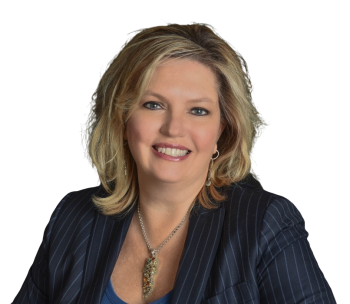Rush hour seems to be getting longer and longer in Philadelphia and surrounding communities. Just when the morning rush hour “ends” it seems to get ramped up again for the drive home. Many times, people wonder why do the rush hour commutes seem to have more accidents? Is this possible when cars are actually moving slower?
The answer is yes, there are more accidents during rush hour even though overall, traffic is moving slower. Some examples of Philly rush hour accidents are:
May 6, 2019, 9:30 a.m.: Five cars and a box truck tangled northbound I-95 in Port Richmond closing the freeway northbound lanes. No word on injuries.
November 8, 2018 4:30 a.m. (Lanes closed through morning rush hour): One Killed Five Injured In Hit-and-Run on the Schuylkill near Montgomery Drive. Police looking for driver that ran over two who were ejected from a minivan rollover.
December 4, 2018, 6:30 a.m.: Multiple vehicles and Box Truck pile-up slows traffic for hours. A news helicopter showed a traffic jam from Academy Road to Girard, and at one point, it took more than an hour and 20 minutes to travel from Woodhaven Road to I-676.
When it happens, the biggest impact on the city is in how it impacts the commute. It’s not that people aren’t sympathetic to those injured or to their families of a fatality, it’s just that it seems to happen all the time, and it affects everyone.
Is Rush Hour More Dangerous?
It turns out that even though traffic in rush hour moves slower causing more congestion, it’s also more dangerous to drive in. In a study done by the Maryland State Highway Administration, researchers found that when traffic is congested, there is an increased risk of accidents, and accidents tend to have more serious injury.
Ultimately, the higher the congestion, the greater frequency of accidents and the more severe the injuries. The studies authors suggested that the higher number of cars and drivers contributed to the higher frequency of accidents, and the stop-and-go circumstances of congestion amplify the dangers of a moment’s distraction or mistake in judgment.
Types of Rush-Hour Accidents
Accidents happen in many ways, and each type is a product of the circumstances at the time. In rush-hour type congestion, traffic is often at a crawl interspersed with moments of almost full-speed travel. This constant slow, stop, speed-up cycle takes it toll. They result in some common types of accidents:
- Rear-End: A moving car running into the back or a slower moving or stopped car is the most common rush hour traffic accident.
- Chain-Reaction/Multi-Vehicle: Especially on divided, multi-lane freeways and highways, an accident can set off a chain of events. A typical situation is when a single rear-end accident triggers several other rear-end accidents involving several other vehicles. This compounds as more cars have to stop for the accident running the risk of yet another rear-end collision.
- Roll-Over: When a car traveling at the speed limit (or higher) comes upon an accident or cars stopped because of congestion, the speeding car can flip easily when trying to avoid an accident or by clipping a car’s bumper or tire. This results in a roll-over which is one of the deadliest type of accident.
- Ejection: High-speed collision and rollovers produce ejections where a person leaves the vehicle during the crash. An ejected person has an almost 90 percent chance of being killed.
- Pedestrian: Unfortunately, many of these accidents also produce pedestrian collisions as people exit their cars either because they think it’s safer or they are bored sitting in their car. Pedestrians near accident scenes or near stopped cars are a risk of serious injury and death.
What do I do if I’m in a Rush Hour Accident?
The best thing to do is to stay in your car. Many experts suggest that the safest place for a person in a multi-vehicle crash or in a crash on a freeway is in their car with the seatbelt on. Although this isn’t true in cases of fire or if the vehicle is hanging off the side of a steep cliff or embankment, it is true that if you get out and get hit, you don’t have the protection of your vehicle.
After the incident and any subsequent treatment and rehabilitation, it is best for the injured person to talk to an attorney about their rights in the case. Most people who are in an accident due to someone else’s carelessness want to think that the insurance company will do the right thing. The truth is, the “right” thing for them if to pay as little as possible for each claim so the company can make more money.
If you talk to someone who knows the law, you can get advice on the best way to handle the insurance company. If you decide to hire an attorney, then the lawyers at the Pearce Law Firm, P.C. have the skill, experience and knowledge of the law necessary to get you the compensation you deserve. Don’t try to go it alone, rather call the Pearce Law Firm, P.C. at (215) 557-8686 or text at (215) 880 6164. You can also send them a message online by clicking here.







